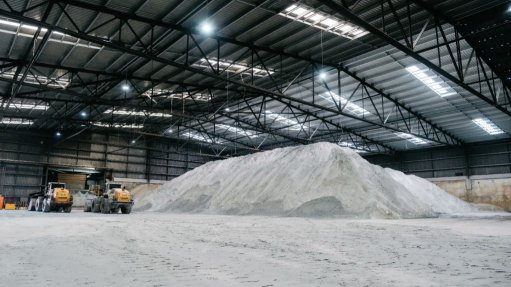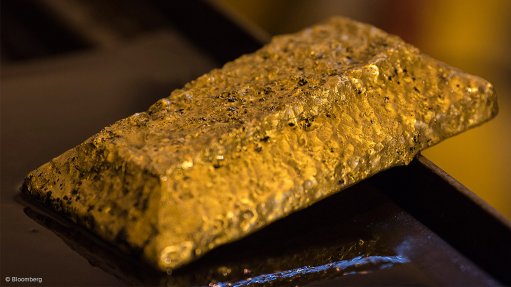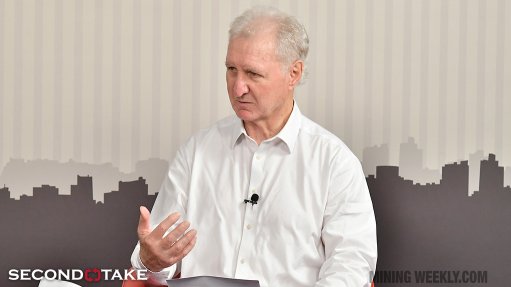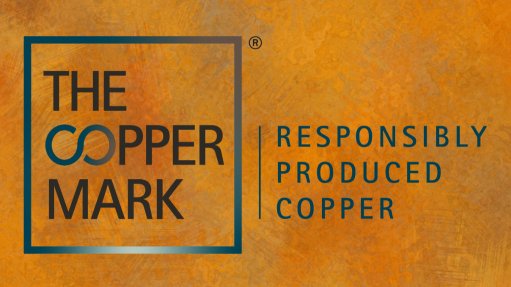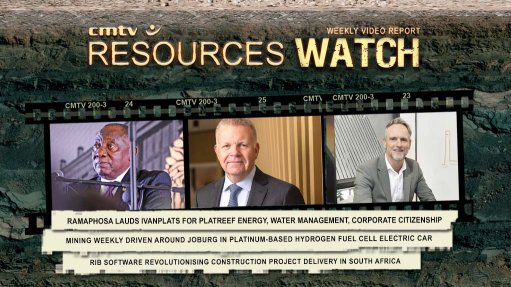UK announces further funding for small modular nuclear reactor programme
The British government last month announced the next phase of its programme to fund the development of small modular nuclear reactors (SMRs), which forms part of a larger programme to develop the nuclear technology and energy sector in the UK.
This phase will see Westminster awarding up to £56-million in research and development (R&D) funding for advanced modular reactor (AMR) designs from around the world over the next three years. The first phase of what was designated the SMR competition ran for 18 months and was concluded last year.
The AMR R&D project will itself be subdivided into two stages. Stage 1 will see funding of up to £4-million for feasibility studies, as well as up to £7-million for nuclear regulators to advance their capability to assess and support AMRs. Provided Stage 1 shows clear value for money (as determined by a formal reapproval process by the UK Treasury), another £40-million will become available for AMR projects, plus as much as another £5-million for the nuclear regulators, during Stage 2. SMRs/AMRs are categorised as Generation IV reactors.
South Africa’s Pebble Bed Modular Reactor (PBMR) was an SMR programme. It was effectively terminated in 2010, but the intellectual property remains in the possession of national electricity utility Eskom through its wholly owned subsidiary, PBMR Limited. Early-stage research into reviving the PBMR programme began more than a year ago. Quite separately, South African private-sector enterprise Steenkampskraal Thorium is developing its own PBMR project, designated the High Temperature Modular Reactor. (There is also a live PBMR project in China. The Chinese version is called the High Temperature Reactor-Pebble-Bed Module, or HTR-PM, and a pilot plant with two 250 MWt reactors will start operating in the very near future; it will be used to produce both electricity and process heat. A small technology demonstrator started working in 2003.)
“We have spent the last 18 months working closely with you [the UK Nuclear Industry Association, or NIA] to understand new technological developments, and to assess their viability through the Small Modular Reactor competition. That exercise is now closed, but it has greatly informed the evidence base and helped shape our thinking in the area,” British Energy and Industry Minister (equivalent to ‘Deputy Minister’ in South Africa) Richard Harrington told the NIA at its 2017 conference.
The increased funding for the regulators regarding SMRs/AMRs and support for pre-licensing discussions between the regulators and potential SMR/AMR vendors was one of the results of the process. Government funding of feasibility studies and R&D funding for Generation IV designs were other outcomes. The need to create appropriate market conditions to allow the commercialisation of new reactor designs was a third key result.
“A crucial element of this is demonstrating commercial viability – in particular, the ability of new designs and delivery mechanisms to attract investment and generate cost-competitive electricity,” he highlighted.
“Smaller-scale designs, using modular and other modern manufacturing techniques, offer the possibility of achieving these aims, and I am grateful to those developers who have shared their financial estimates with us. But I want to go further, so I’m setting up an expert finance group to report to me by the [northern] spring on smaller-scale designs, identifying the barriers to investment and how these might be overcome. I will also be considering what further steps government might take to support smaller reactor designs and maximise the benefits to the UK supply chain.”
Another outcome of the SMR competition was a list of 33 companies and consortia, from a number of countries and regions, including Canada, China, France, Japan, Spain, Sweden and the US, as well as the UK, but not South Africa, which were rated as eligible to participate in the programme. The Stage 1 funding of £4-million will be used to fund about eight SMR/AMR vendors to undertake detailed feasibility studies, both technical and commercial. All being well, Stage 2 finance will be released to three or four of the vendors to accelerate the development of their designs.
Article Enquiry
Email Article
Save Article
Feedback
To advertise email advertising@creamermedia.co.za or click here
Press Office
Announcements
What's On
Subscribe to improve your user experience...
Option 1 (equivalent of R125 a month):
Receive a weekly copy of Creamer Media's Engineering News & Mining Weekly magazine
(print copy for those in South Africa and e-magazine for those outside of South Africa)
Receive daily email newsletters
Access to full search results
Access archive of magazine back copies
Access to Projects in Progress
Access to ONE Research Report of your choice in PDF format
Option 2 (equivalent of R375 a month):
All benefits from Option 1
PLUS
Access to Creamer Media's Research Channel Africa for ALL Research Reports, in PDF format, on various industrial and mining sectors
including Electricity; Water; Energy Transition; Hydrogen; Roads, Rail and Ports; Coal; Gold; Platinum; Battery Metals; etc.
Already a subscriber?
Forgotten your password?
Receive weekly copy of Creamer Media's Engineering News & Mining Weekly magazine (print copy for those in South Africa and e-magazine for those outside of South Africa)
➕
Recieve daily email newsletters
➕
Access to full search results
➕
Access archive of magazine back copies
➕
Access to Projects in Progress
➕
Access to ONE Research Report of your choice in PDF format
RESEARCH CHANNEL AFRICA
R4500 (equivalent of R375 a month)
SUBSCRIBEAll benefits from Option 1
➕
Access to Creamer Media's Research Channel Africa for ALL Research Reports on various industrial and mining sectors, in PDF format, including on:
Electricity
➕
Water
➕
Energy Transition
➕
Hydrogen
➕
Roads, Rail and Ports
➕
Coal
➕
Gold
➕
Platinum
➕
Battery Metals
➕
etc.
Receive all benefits from Option 1 or Option 2 delivered to numerous people at your company
➕
Multiple User names and Passwords for simultaneous log-ins
➕
Intranet integration access to all in your organisation






